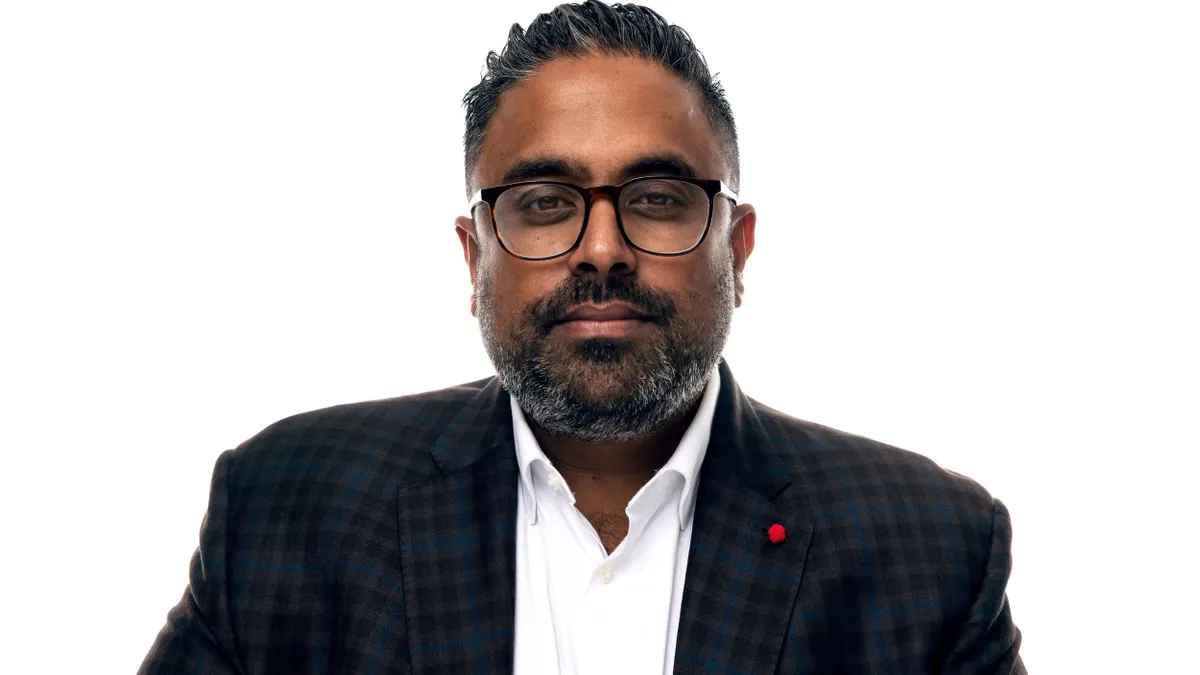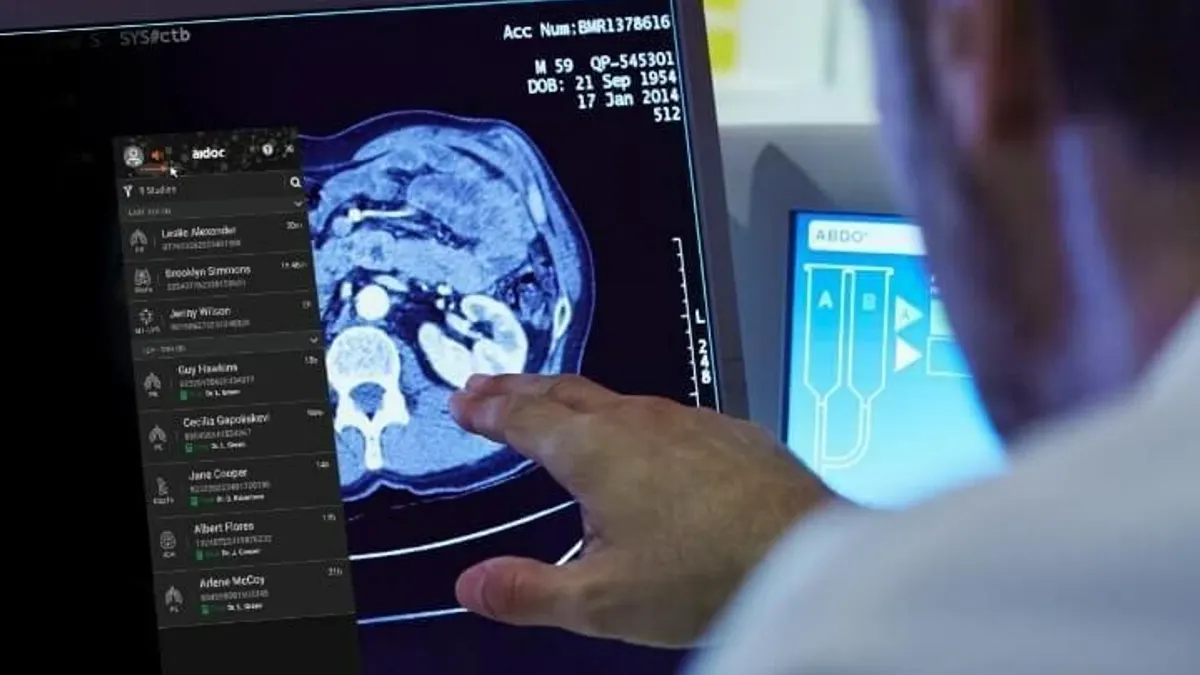Digital health companies raised huge amounts of cash during COVID-19 off the premise that their technologies could change a healthcare system struggling with high costs and overburdened providers.
But it’s challenging to sort out the evidence behind these digital health tools, according to Caroline Pearson, executive director of the nonprofit Peterson Center on Healthcare. One recent study of more than 200 digital health companies found many lacked clinical trials or regulatory filings backing up their claims.
The Peterson Health Technology Institute launched last week aims to provide independent evaluations of digital health tools’ clinical and financial benefits. Pearson joined Healthcare Dive to discuss the institute’s framework, how it will evaluate privacy and security and the gap between evidence and investment.
This interview has been edited for clarity and brevity.
HEALTHCARE DIVE: What does PHTI hope to achieve?
CAROLINE PEARSON: Big picture, we want to raise the bar on digital health purchasing and evidence generation. We're fundamentally optimistic. There's a ton of amazing technology out there, and that technology has the opportunity to deliver better healthcare at greater efficiency and to improve access.
But right now, because the market is so crowded and chaotic, it's very difficult to figure out where those great technological solutions lie. What we want to do is make it so everyone who's buying digital health tools understands what good looks like and what evidence they should be looking for to support those decisions. And in turn, investors and digital health developers will know what evidence folks want and begin to generate that evidence to really support their value proposition.
What will the framework ultimately look like for evaluating these tools?
PEARSON: On the framework specifically, the two primary domains are going to be clinical effectiveness and economic impact. First and foremost, if someone is going to substitute some sort of digital intervention for standard care, that patient deserves to know that a digital tool is going to make them better and that their time and energy are well spent.
Secondarily, the healthcare system writ large should expect that technology can be a mechanism for greater efficiency. If we're going to deliver care via a digital solution, it should be an equal or lesser cost than traditional care models. In addition to those core pillars, there's a bunch of other important things that purchasers care about that we'll be looking at. So that includes health equity, privacy and security, usability, and the broader context about the company and the competitive landscape in which it exists.
Privacy and security is a big issue for digital health tools right now. How are you looking at that specifically?
PEARSON: We really think about privacy as, how is the digital health tool protecting patient data? We've seen the FTC has been cracking down on some companies that have been using patient data in ways that they don't think are appropriate. What are the terms and conditions? What are the terms of use for your data? And making that really clear.
On the security side — particularly for tools that are plugging into either payer systems, health plan systems, employer systems, or that are part of the electronic health record — those connection points create actual security risks. It's really about making sure security risks are clear, so when a health plan is considering a new tool, it's diligently working through each of those security connection points. And then obviously, we want to make sure companies are meeting best-in-class standards around security protocols.
One thing PHTI wants to address is this dichotomy between pandemic-era investment in digital health and evidence on these tools’ efficacy. Can you expand on that?
PEARSON: The post-COVID period was probably a bit of an anomaly with really frenetic levels of investment in digital tools. I think the current cooling of the market is a healthy moment for everybody to take a step back and see there's so many opportunities to improve healthcare here. But let's take a breath and make sure that we're investing in things that really work.
The timing for us has been really quite good. Initially, when we started thinking about this in 2021, 2022, folks might have said, everything's great. We don't need an independent evaluator. And now there's just so much demand, because if investors are putting money behind something, they want that evidence.
So I think it's a really good time to reset. You don't want to see that we have a push of digital health tools without great evidence, and people give up on the space. We really don't want anyone to give up on the space. It's time to prove what these tools can do for all of us in terms of long-term healthcare delivery.























